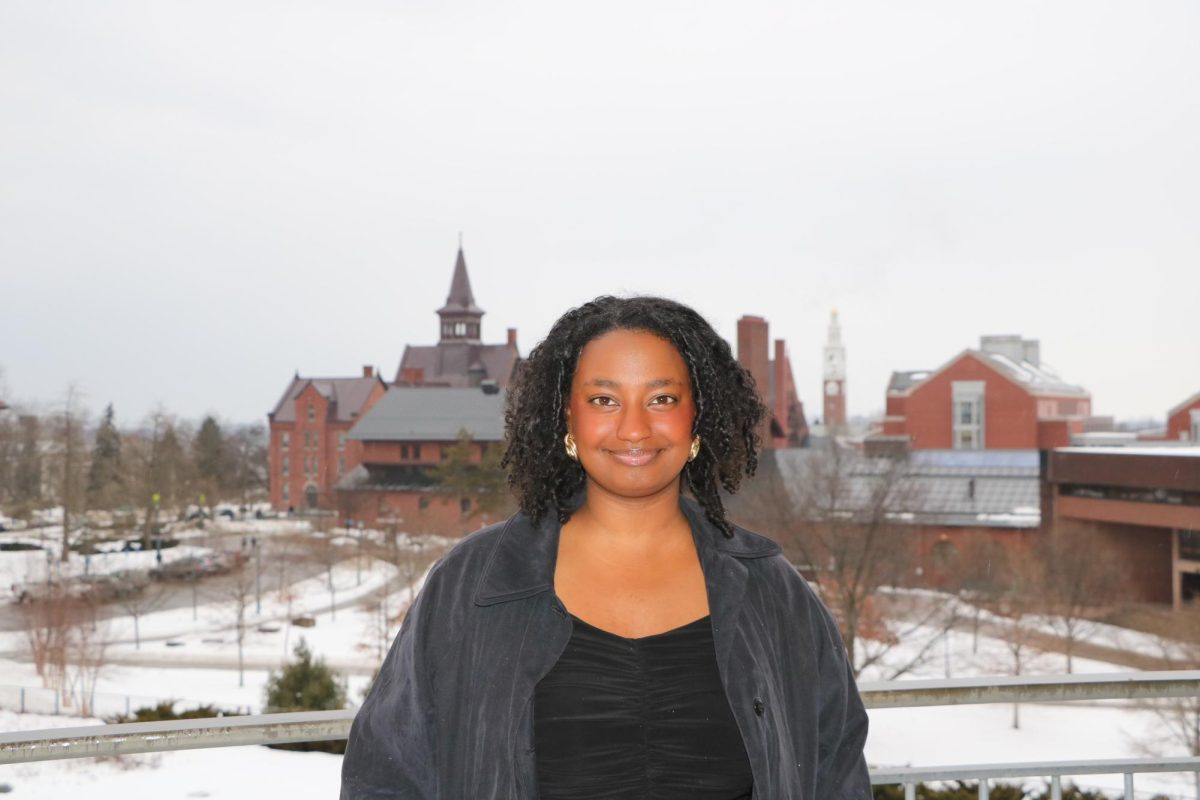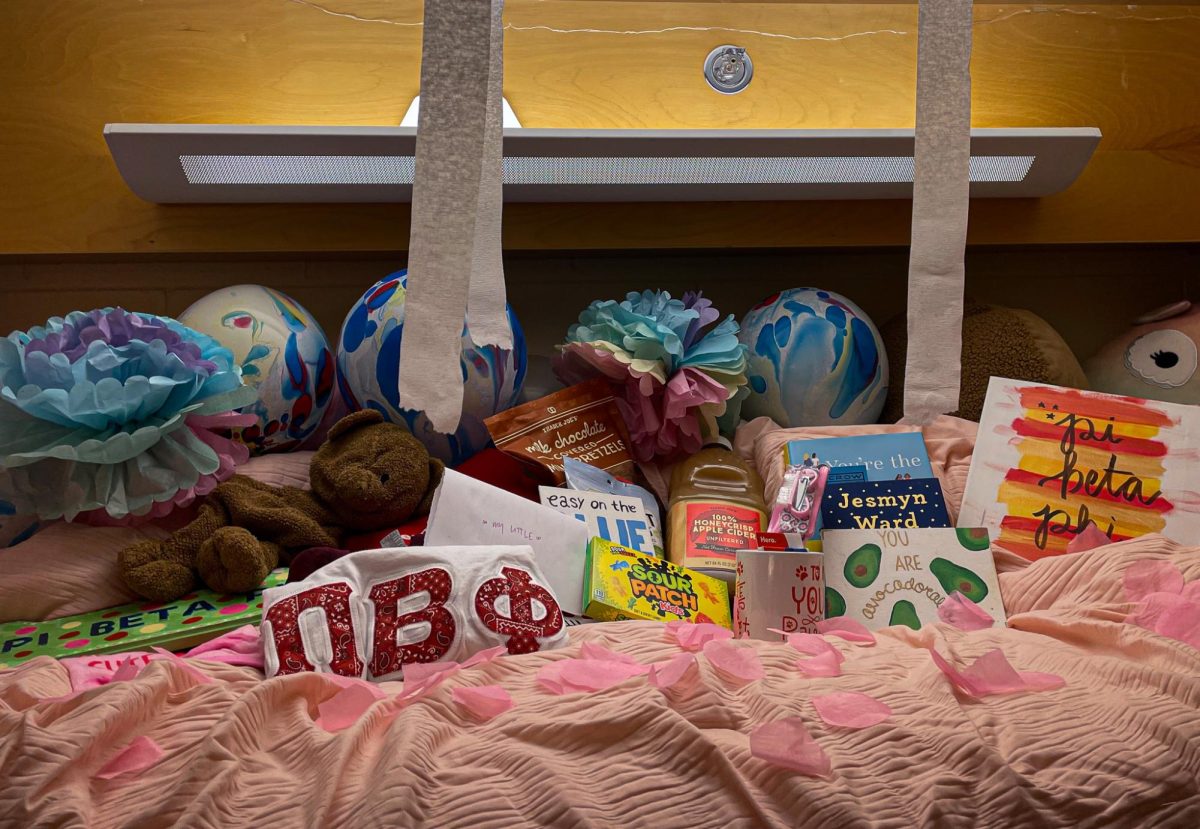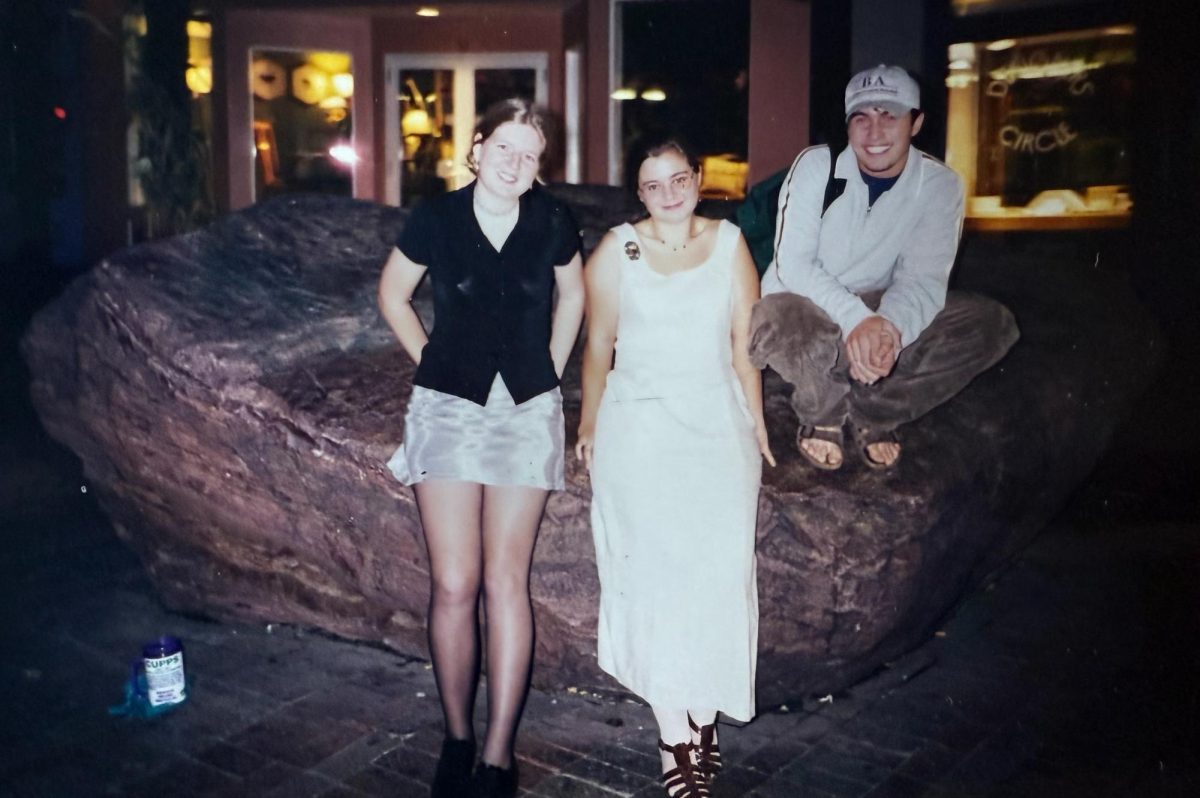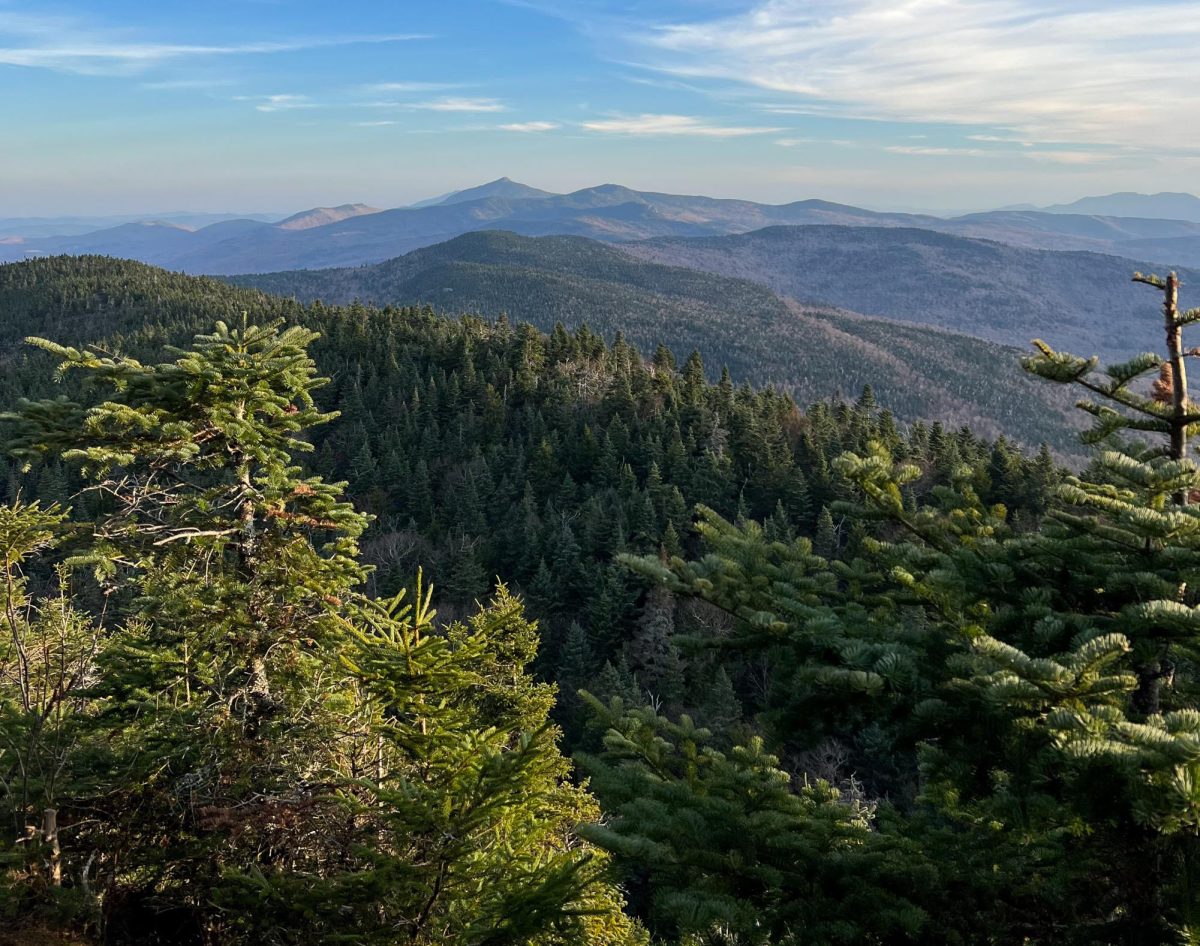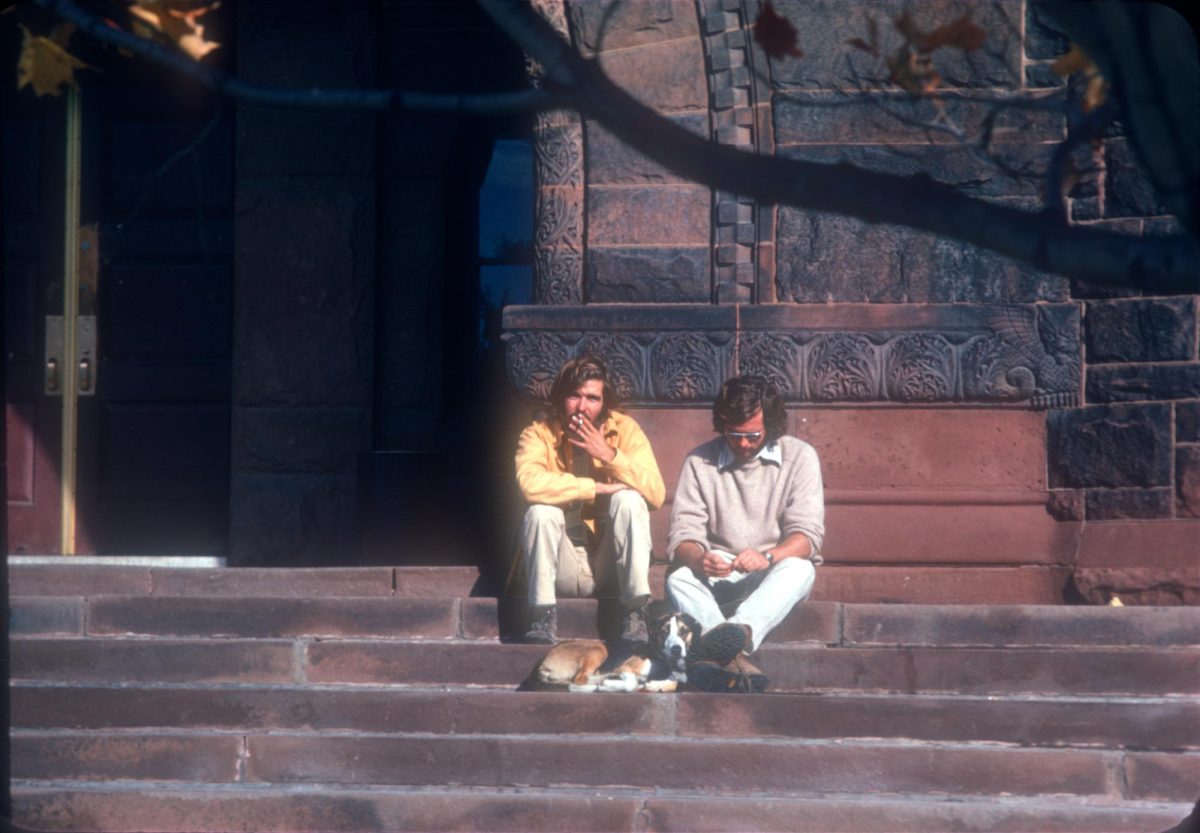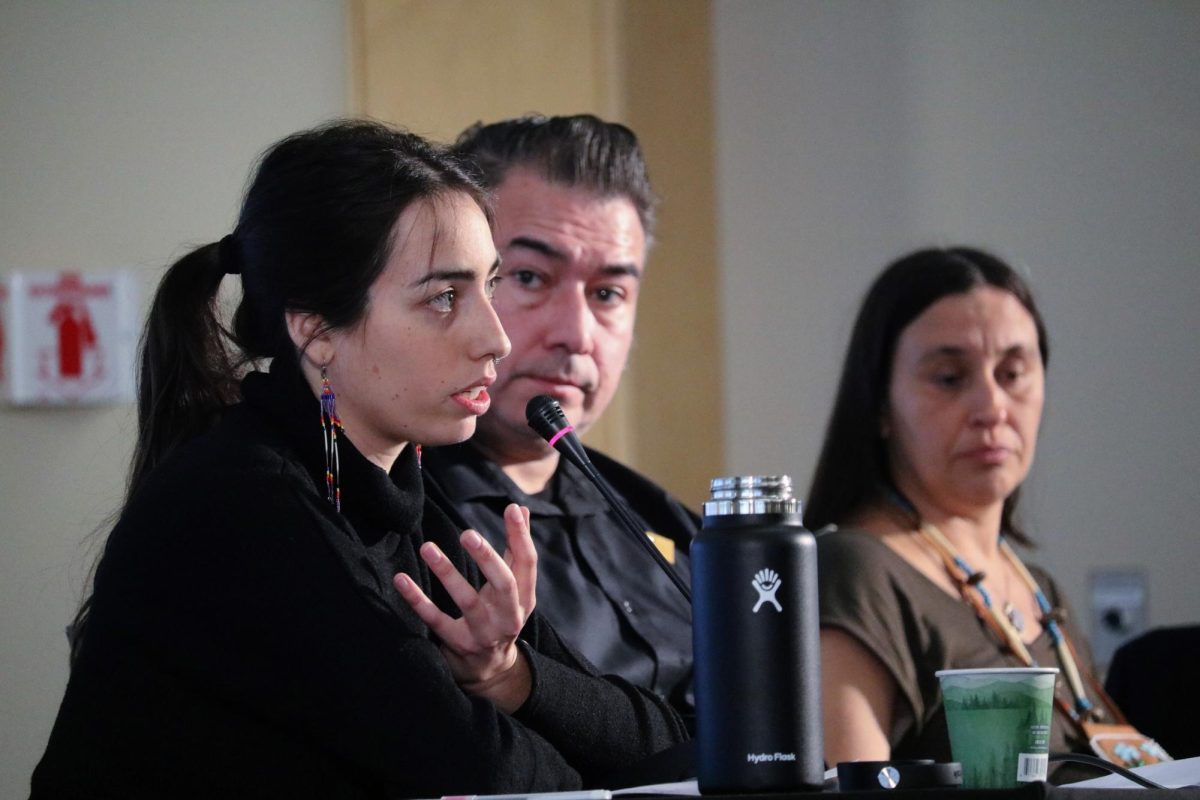A short distance from Harris-Millis, UVM students smell like cows. Literally.These smelly students are involved in the CREAM program at UVM, where students run a dairy herd of about 30 cows and produce milk that is sold to local distributors.CREAM is an acronym for the Cooperative for Real Education in Agricultural Management.The students are responsible for many tasks at the barn.Throughout the school year, students milk cows, clean stalls, manage the farm’s business and take care of the Holstein and Jersey cows who produce milk.Although a faculty adviser is there to support the students and provide knowledge, the students have the final say. “The team of students has final responsibility for making all of the management decisions,” according to one of the guidelines of the program.The CREAM president, senior Molly Kaplan, and her 16 fellow “CREAMers” spend a lot of time at the barn. “Most people spend about 15-20 hours at the barn per week, depending on time and their schedules,” Kaplan said.The CREAM program is part of the College of Agriculture and Life Sciences. According to the program’s website, the program “places emphasis on experiential learning to develop interpersonal, teamwork and practical problem-solving skills.” “We sign up for chores and everyone has to put some weight into it,” Kaplan said. “We have to pool our efforts together and there isn’t one person who does all the hard work. Everyone has to contribute.”Students join CREAM for one school year or a summer session. Freshman animal science major Alicia Gorman joined the program this past fall.After attending an information session, Gorman started the application process. “You have to do three chores with current CREAMers as sort of a tryout. There’s an application to fill out and then you interview with two actual CREAMers, and then they discuss amongst themselves who gets in,” she said.Once students are accepted into the program, the real work begins. Students are responsible for all operations at the barn, and there is always a CREAMer there. Between class and CREAM, the students learn how to manage their time and live on little sleep. “You have to be willing to make sacrifices,” sophomore Rebecca Calder said. Over holidays and breaks, CREAMers stick around to milk the cows and do their barn chores.”We had to clean out the stalls, made sure to put feed carts out [for the cows], and some medical things,” senior animal science major Alice Porco said.The students learn the practicalities of taking care of large animals and how the dairy business works. UVM CREAM sells their milk to Agri-Mark, who takes the milk to be pasteurized and then sells the final product to companies such as Cabot or McAdams.”Agri-Mark sells mostly to Cabot,” Gorman said. The money made from the sale of milk to Agri-Mark goes right back into the CREAM program. UVM allocates a set amount of money for the program each month, and the sale of the milk that CREAM produces helps the program stay afloat, she said.”With all our bills we pretty much break even,” Gorman said. “It would be harder to break even if we were paying for labor, but our labor is free.”Even though the barn is a short distance from the Harris-Millis dining hall, CREAM does not produce milk directly for campus consumption.”It would be nice from a sustainability point of view,” Calder said. “But there probably wouldn’t be enough to meet UVM’s need,” Calder said. “But UVM does buy Cabot cheese.” These students spend hours at the barn, on top of classes and extracurriculars, all so they can come home smelling like a cow. Is it really worth it?”I’ve gotten hurt by the animals,” Kaplan said. “They’re powerful animals and they can hurt you. You get a healthy respect [for that] when a cow pins you in a lot.”Gorman was affected by the beefing process, where male dairy cows that cannot produce milk are sent to the slaughterhouse. Old and sick cows that can no longer produce milk are also often sent to the slaughterhouse.”I had a hard time with beefing. It’s a sad process for me, but I know its part of the world and that’s part of the dairy business and production of our world,” Gorman said.For Calder, it’s the timing of the milkings that is most challenging. “The worst thing is 3:30 a.m. milkings,” she said. The milkings last until 8:30 a.m. and can be very exhausting, she said.Porco had no prior experience working on a farm or with cows but decided to apply for CREAM anyway. “Going into it, I barely knew anything. But after two to three months, I could carry on conversations with actual farmers,” she said.Porco emphasizes the fact that CREAM is for students of all majors. “You can be any major,” she said. “There are some people who are art majors and love cows or they grew up on a farm. It helps out on applications and resumes. It’s a cool experience you can’t get in many other places.”Calder agrees. “People don’t realize how interesting cow personalities are. They sort of become your pets,” she said. “It’s cool to have that responsibility and care for them. It’s something you don’t get in any other class at UVM.”
Categories:
Divine Dairy: UVM undergrads have a cow
March 22, 2010
0
More to Discover


